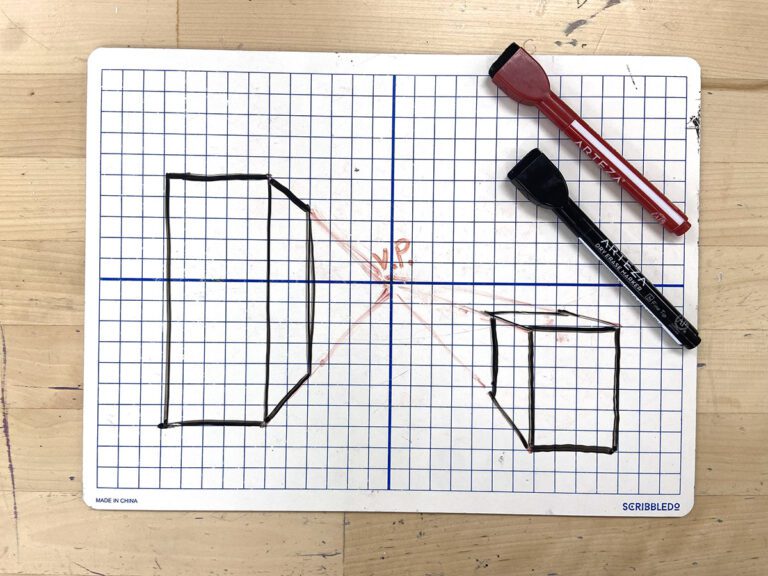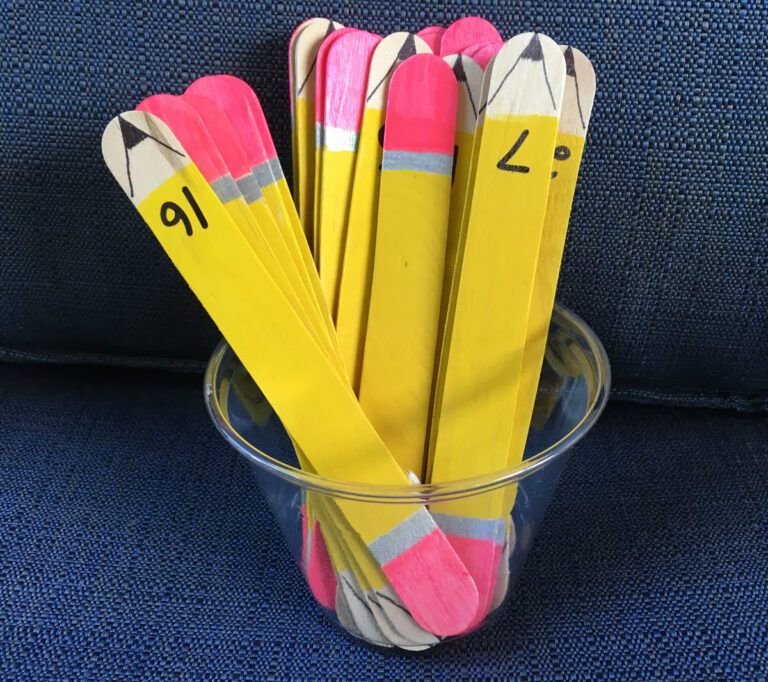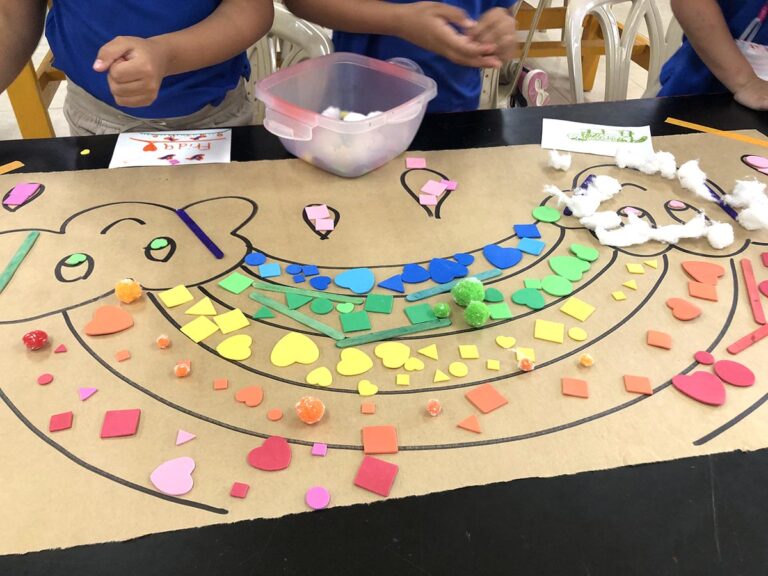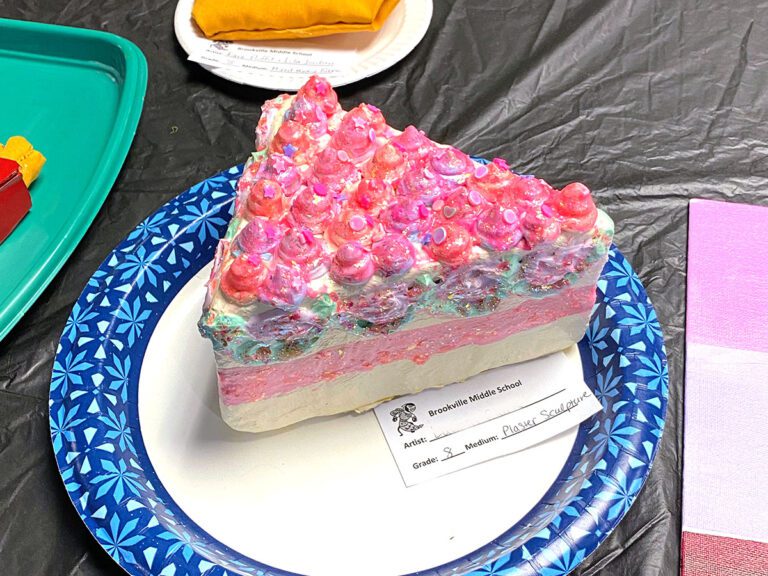Anyone who thinks learning only happens in quiet study halls is sadly mistaken. Higher levels of learning can take place when students are actually having fun. What better way is there to have fun then to play a game? Here are three art history games to promote fun and learning in your class.
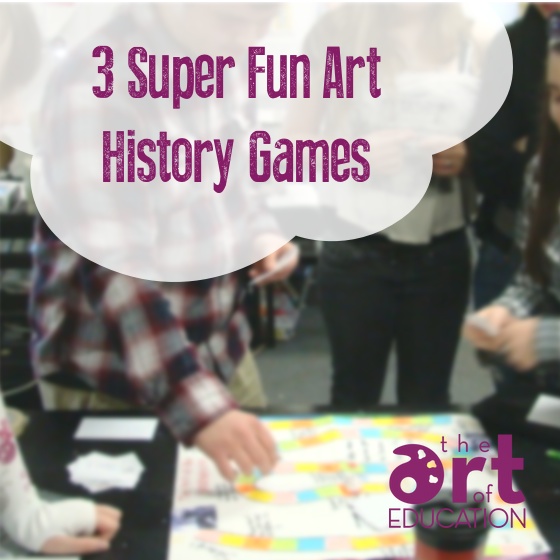
The Arnolfini Trial
There has long been debate about the meaning of the Arnolfini portrait. Some say the way Van Eyck signed the painting proves it is an official wedding certificate. Other experts claim the woman in the painting is pregnant and the painting celebrates the couple’s pending parenthood. Still others point out the symbolism in the painting, like the blown out candle, and claim this is a memorial for Ms. Arnolfini who died during childbirth. Then, there is always the official claim of the National Gallery in London that this is simply a portrait of two people.
To have a little fun with all these different theories I divide the class into five teams. To four of those teams I provide information in the form of handouts. I give each team a separate theory so each group knows about only one meaning for the painting. Each team is given about 15 minutes to review the information and build a case as to what the meaning of the painting is. Meanwhile, I give instructions to the fifth team. I let them know a trial is about to occur and they are the jury. Then the fun begins. I don my black robe and bang my gavel on my desk. The Arnolfini trail is in session.
Each team chooses a spokesperson and is given time to present its case to the jury. Time is also given for rebuttals, objections are considered and a lot of gavel banging occurs. In the end, it is up to the jury to decide the true title of the painting. Is it The Wedding Portrait, The Arnolfini Pregnancy, The Arnolfini Memorial or simply, The Arnolfini Portrait?
Battle of the Boring Baroque
We play two more similar games in our Art history class. Battle of the Boring Baroque pits teams against each other to convince a jury that the other baroque paintings are less boring than theirs. We use paintings such as Rembrandt’s Anatomy Lesson, Caravaggio’s Boy Bitten by a Lizard and Rubens’ Daniel in the Lion’s Den.
The Most Romantic
The third game is titled The Most Romantic. Like the previous games, there is a jury, but this time it is made of all female students. The remaining male students are divided into teams where they study Romantic artworks such as Gericault’s Raft of the Medusa, Goya’s Third of May and Delacroix’s Liberty Leading the People. Each team takes turns trying to woo the jury that their painting is, by far, the most romantic.
Although the art movements for each of the above games are specific, the general concept of these games, with a little tweaking, could be applied to most any period of art.
What kind of games do you play with your classes?
Can you think of any other works of art that would work well with these?
Magazine articles and podcasts are opinions of professional education contributors and do not necessarily represent the position of the Art of Education University (AOEU) or its academic offerings. Contributors use terms in the way they are most often talked about in the scope of their educational experiences.

